When Andrea Adamo walked into Hyundai Motorsport for the first time, he couldn’t have been more relaxed. Yes, he was at its HQ in Alzenau, Germany, for a job interview, but it was going be the easiest interview of his life.
Whether he left there as Hyundai Customer Racing manager or not, it wouldn’t change his life.
“I had been working in motorsport for 25 years,” says Adamo. “But I had stopped. I was ready for a normal life, to work from eight in the morning until five in the evening and then go home. And stay home at the weekend.
“I had a call to ask if I would come for the interview. Why not? I went and had a nice chat with [then Hyundai Motorsport team principal] Michel Nandan and then I took the plane back to Turin. I didn’t think more about it. That was on the Wednesday. I got another telephone call, this time asking if I could start on Monday.”
That was in 2015. Adamo started on the Monday.
His job was to oversee the development of customer operations running alongside Nandan’s factory World Rally Championship outfit. Having invested millions of euros in an i20 WRC car, the Koreans wanted to see some financial return in the shape of sales of a second-tier R5 car, with an i30 TCR race car following a couple of years later.

In comparison to Hyundai’s first stint as a factory team in the WRC – a dismal, podium-less, four-year effort based on the Accent WRC and concluding with a mid-season WRC walkout in 2003 – the second shot delivered almost instant success. In season one, 2014, the i20 was in the top three by round three and winning six rallies later.
This time, Hyundai Motor Corporation had decided to do the job itself; no outsourcing to a European preparation firm. Instead, a vast premises on the outskirts of Frankfurt was retained and Hyundai Motorsport born.
The German city’s direct freight flights to and from Seoul made for an entirely workable association and development cycle between Europe and Asia. The only issue for Nandan was that Seoul saw no reason why the car couldn’t be ready in next to no time. Next to no time, like yesterday.
As famous as Thierry Neuville’s Rally Germany victory was in 2014 – coming after he rolled through a vineyard at shakedown – it flattered to deceive and came after the best of the rest had fallen by the wayside.
Designed and built in a matter of months, the i20 was no match for the car developed just down the road in Hanover. Volkswagen’s well-resourced and precisely timed return to rallying crushed everything in its path for four years.
VW’s 2016 Dieselgate-driven departure from the WRC opened a window of opportunity for its rivals. Hyundai was widely expected to be the team to benefit the most.
Pre-season testing in late 2016 identified Nandan’s i20 Coupé WRC as the prime mover on the eve of the debut of the sport’s fastest-ever generation. Neuville’s rally-leading speed through Monte Carlo and Sweden demonstrated pace as well as promise. But mistakes from the Belgian failed to turn that promise into prizes.

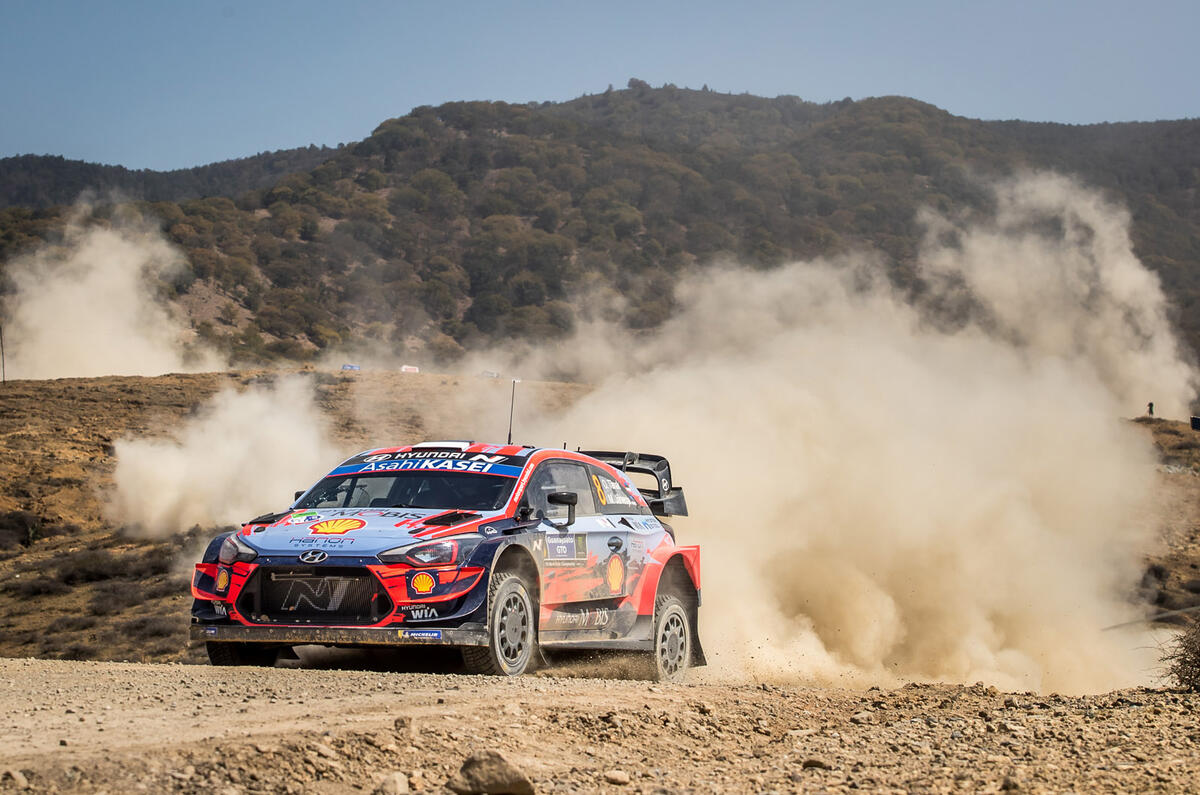
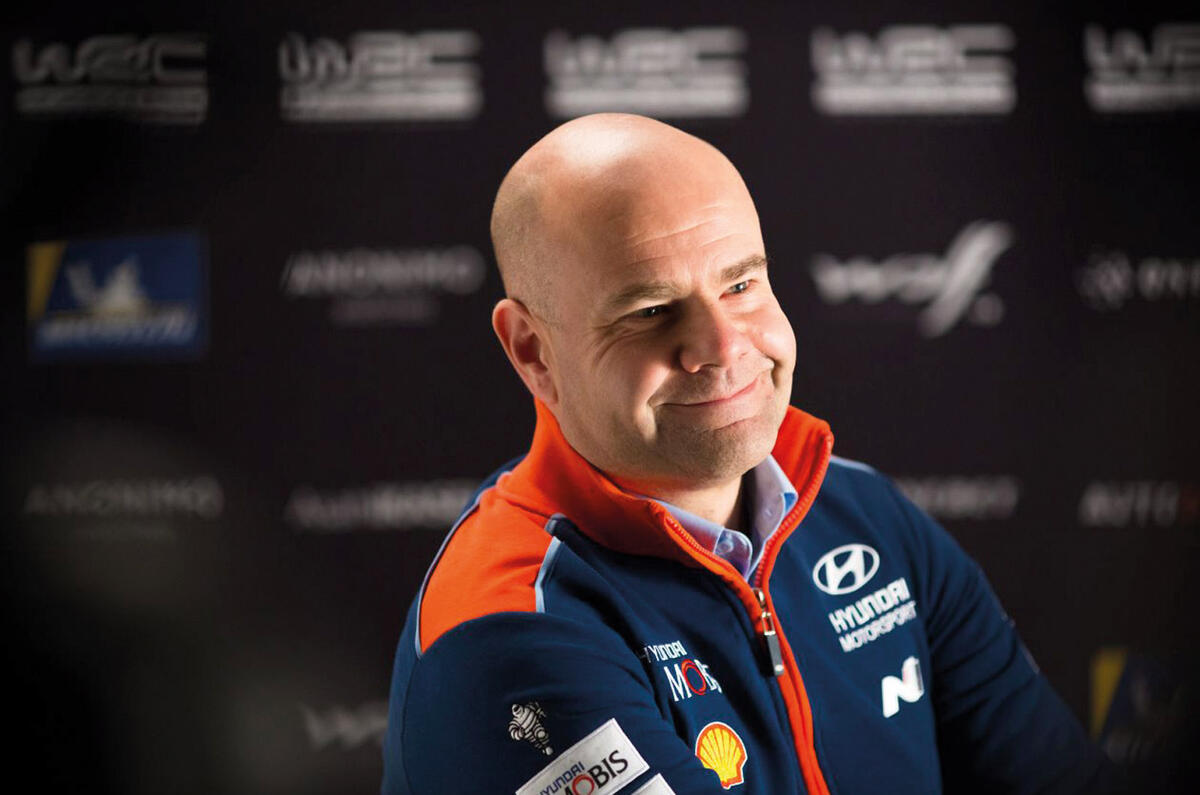
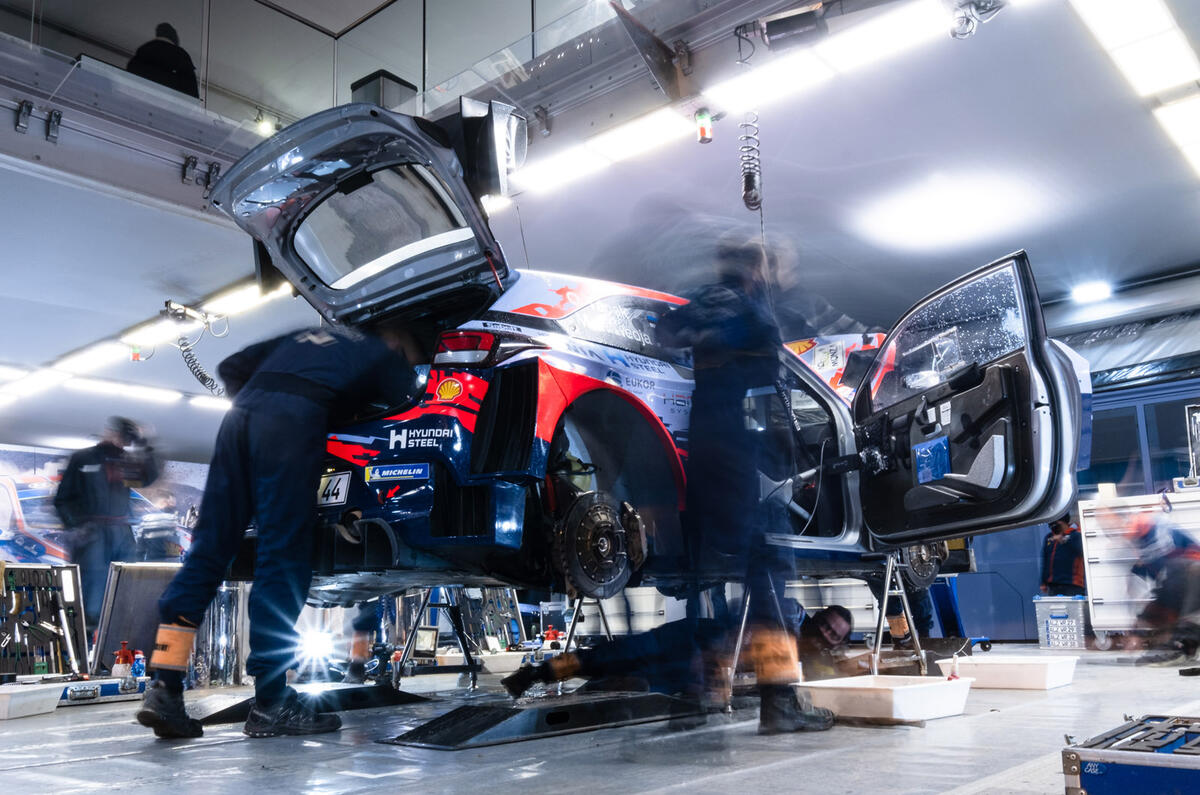
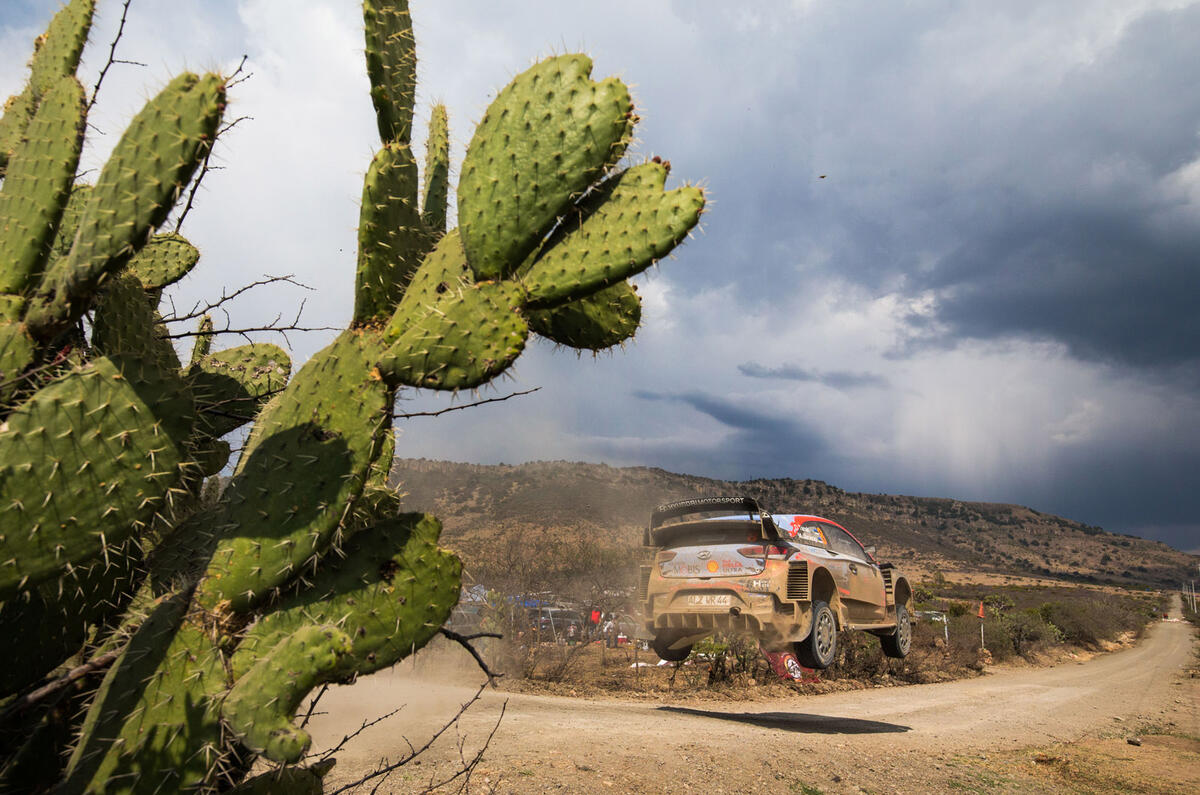
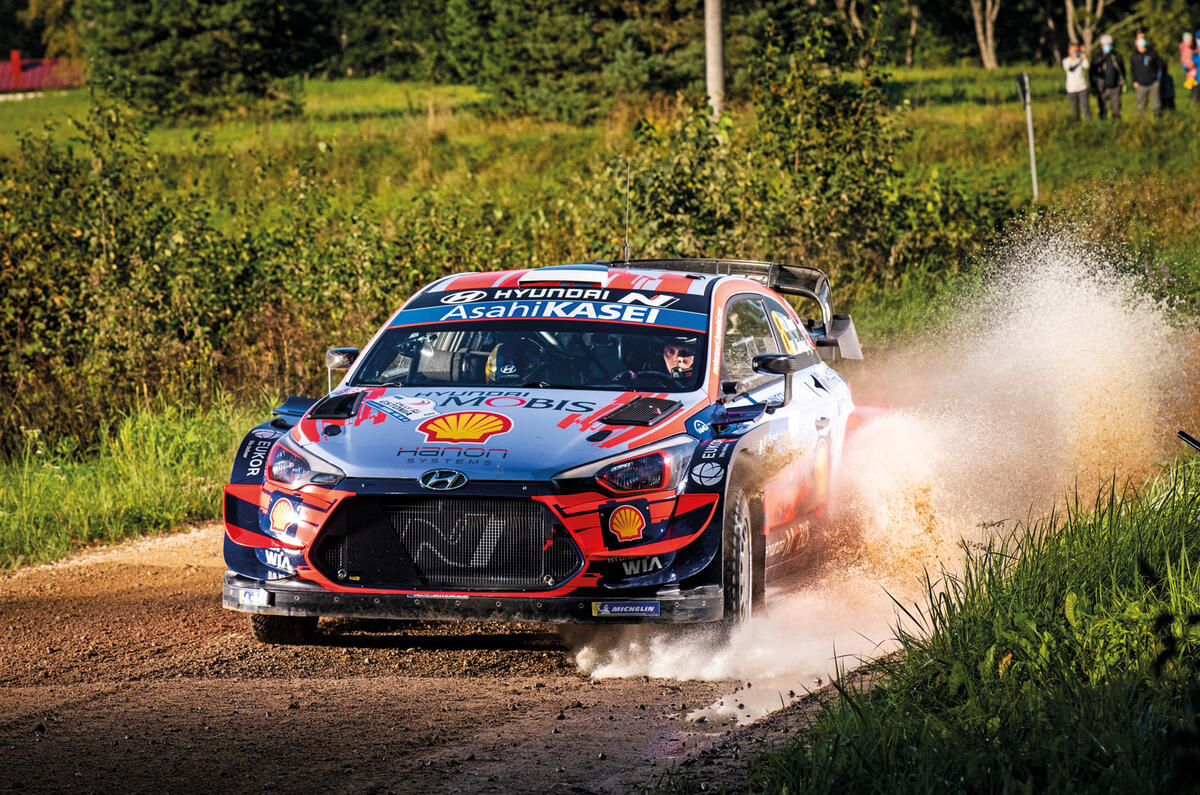
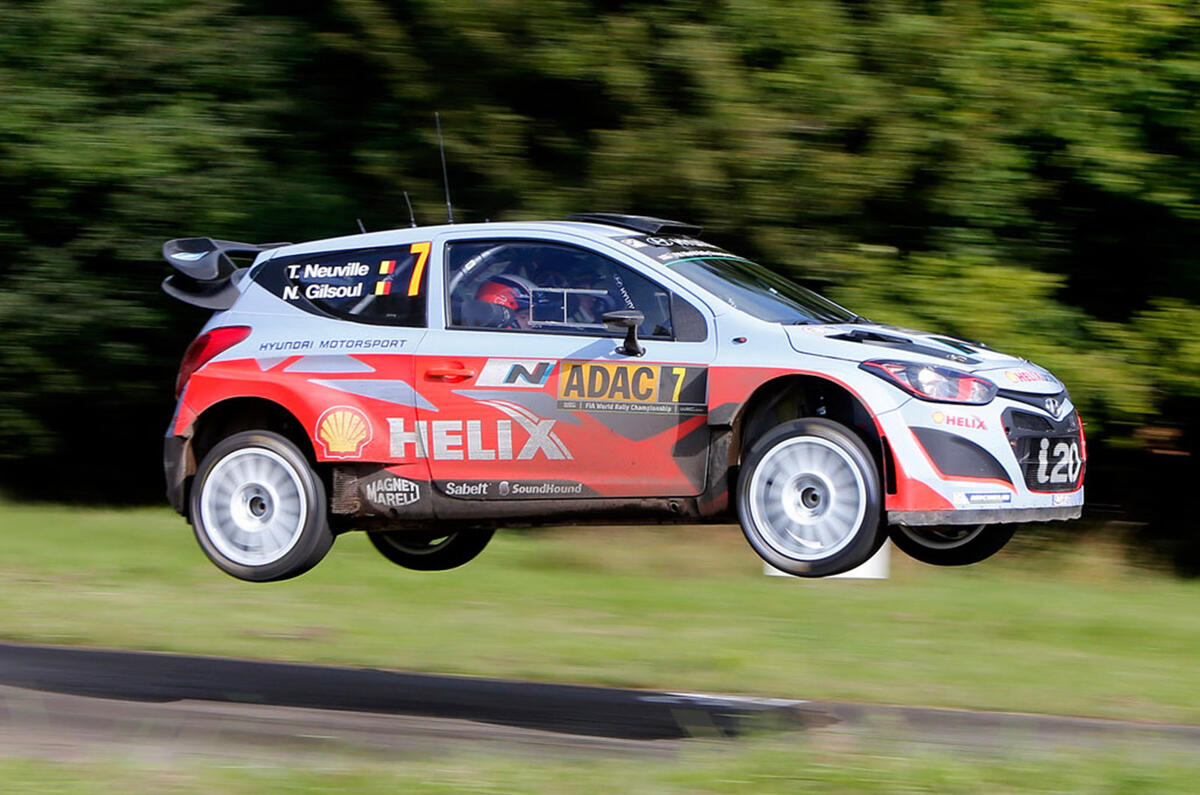
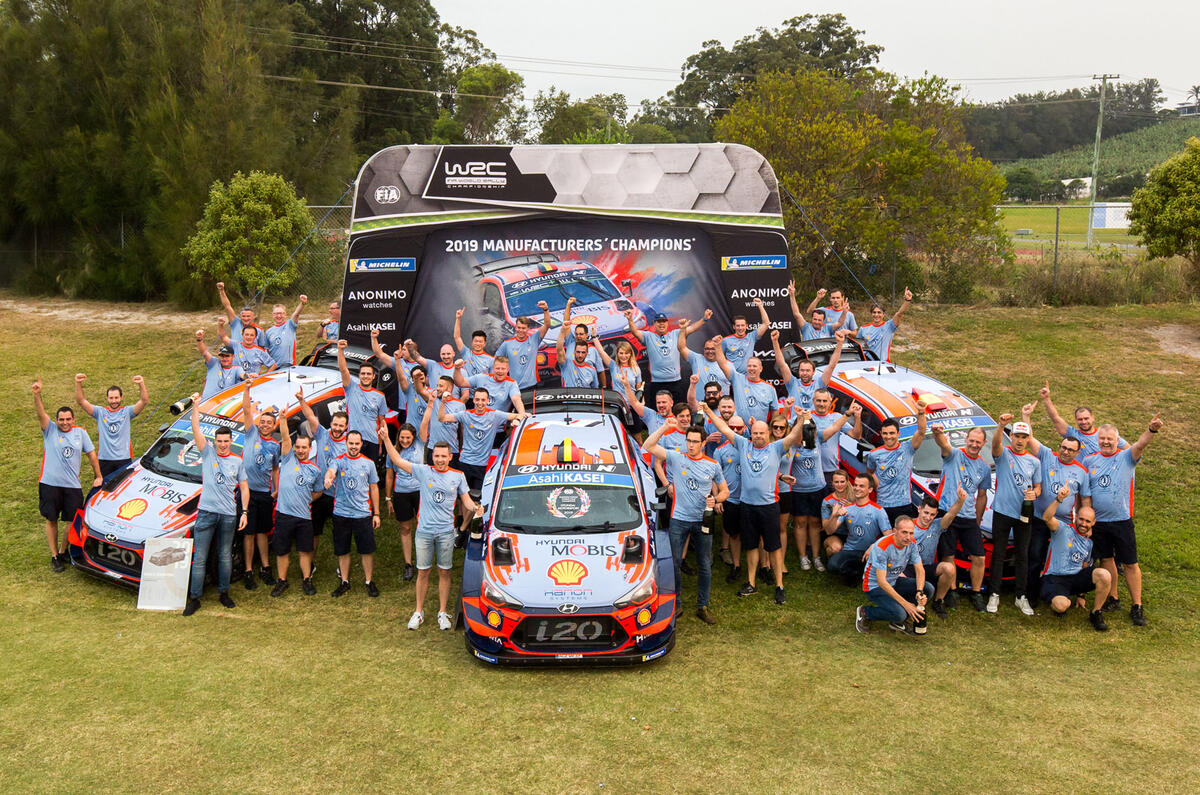
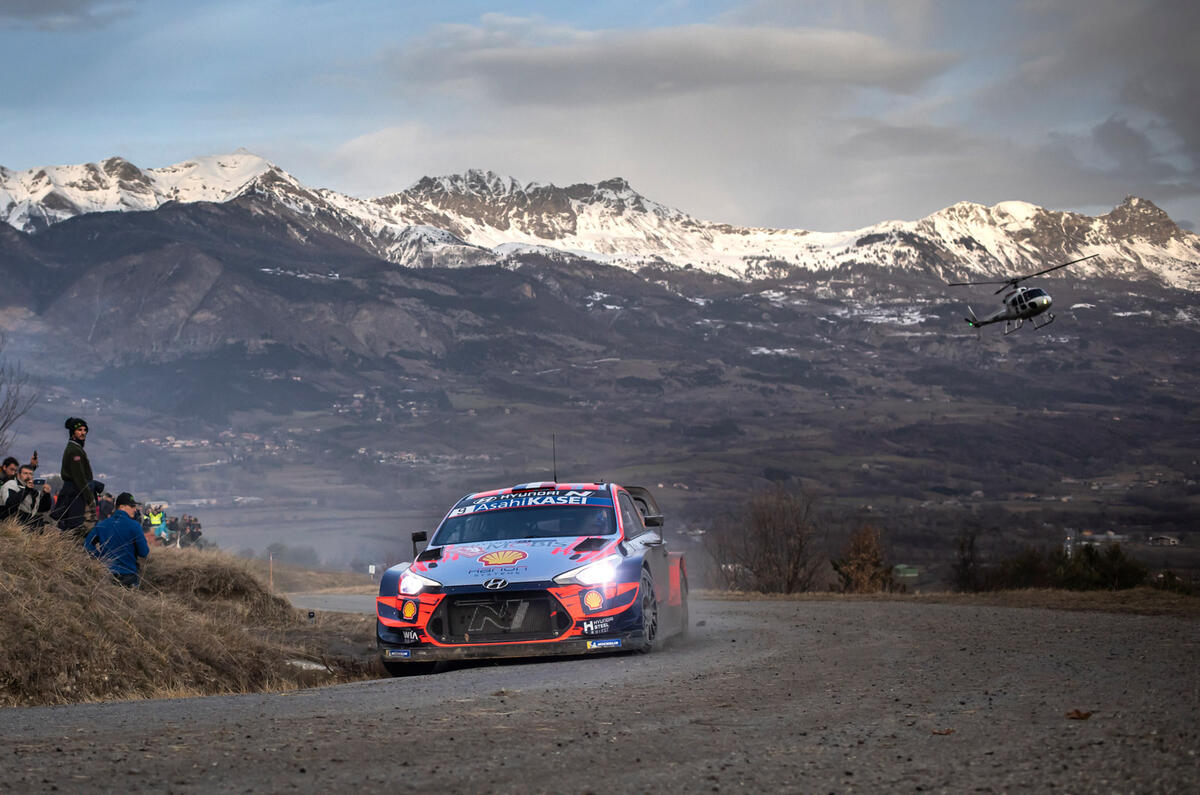
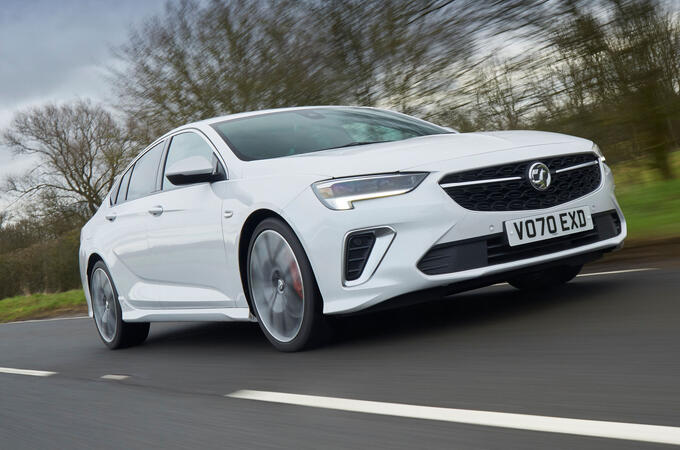




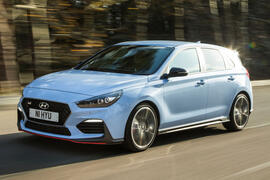
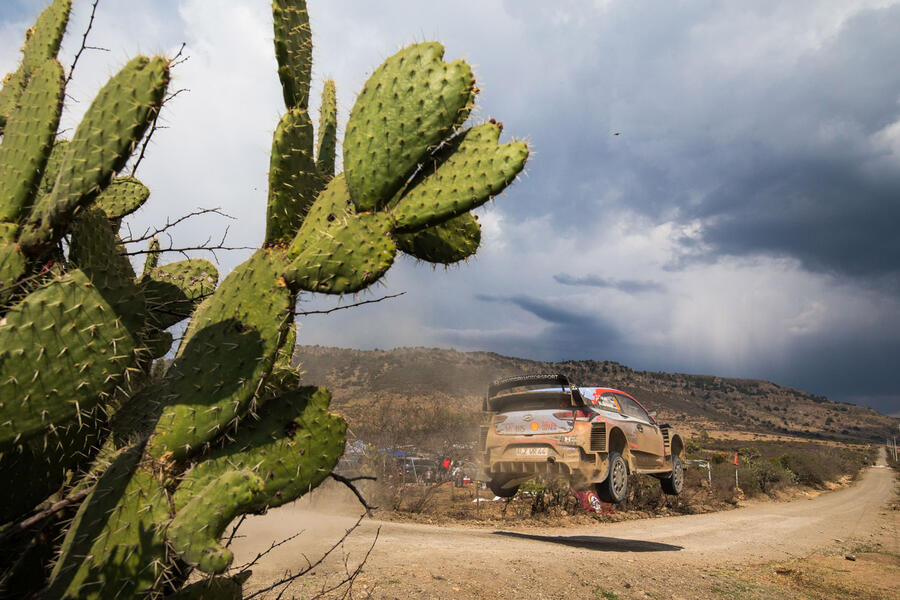
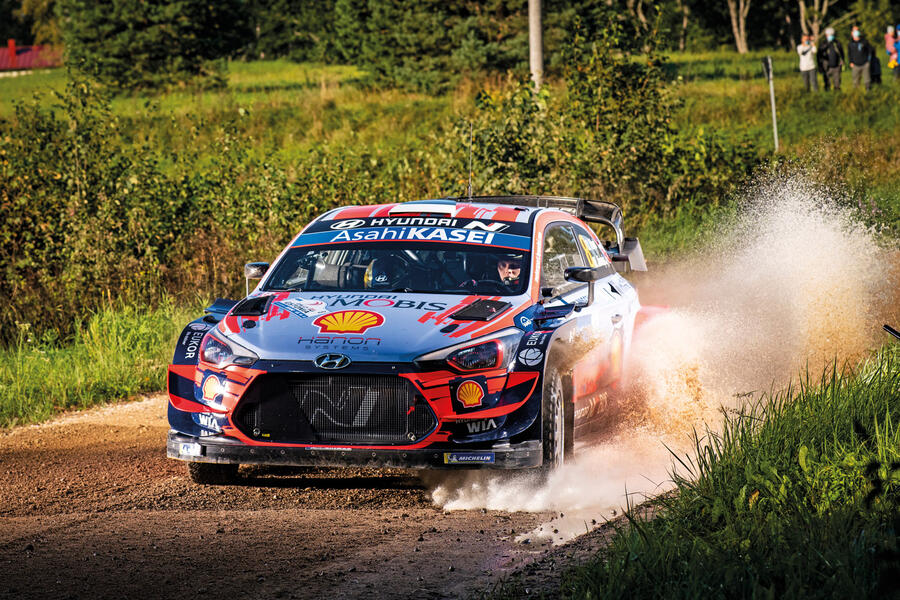
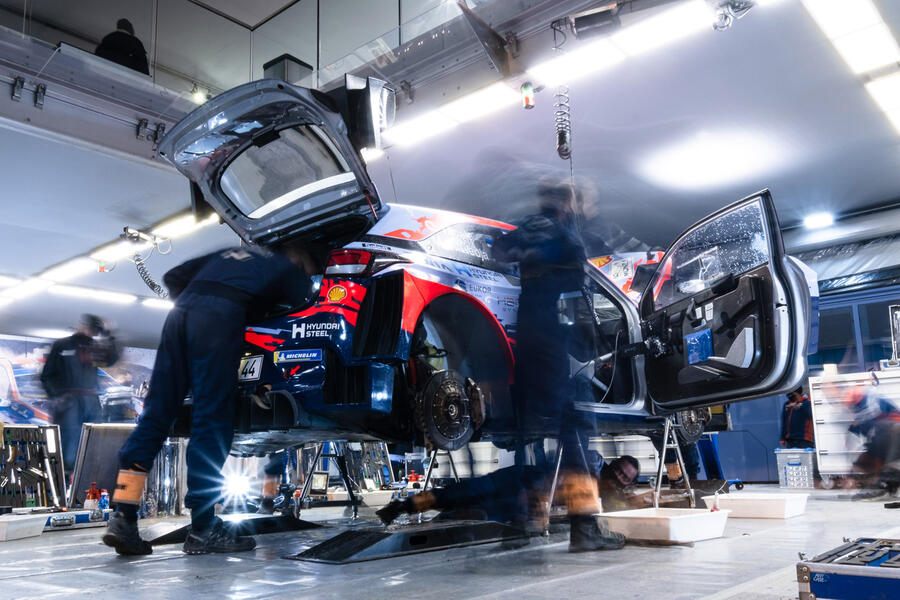
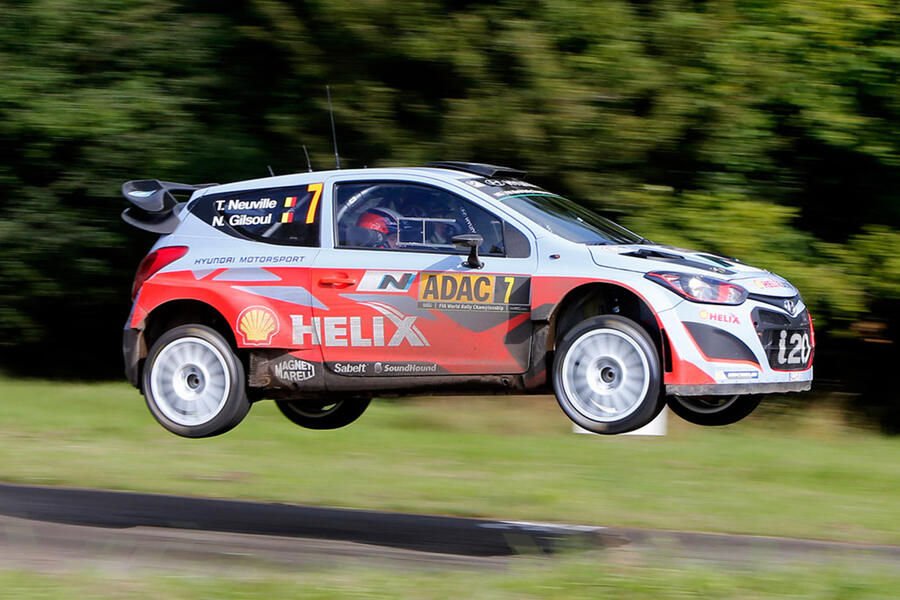
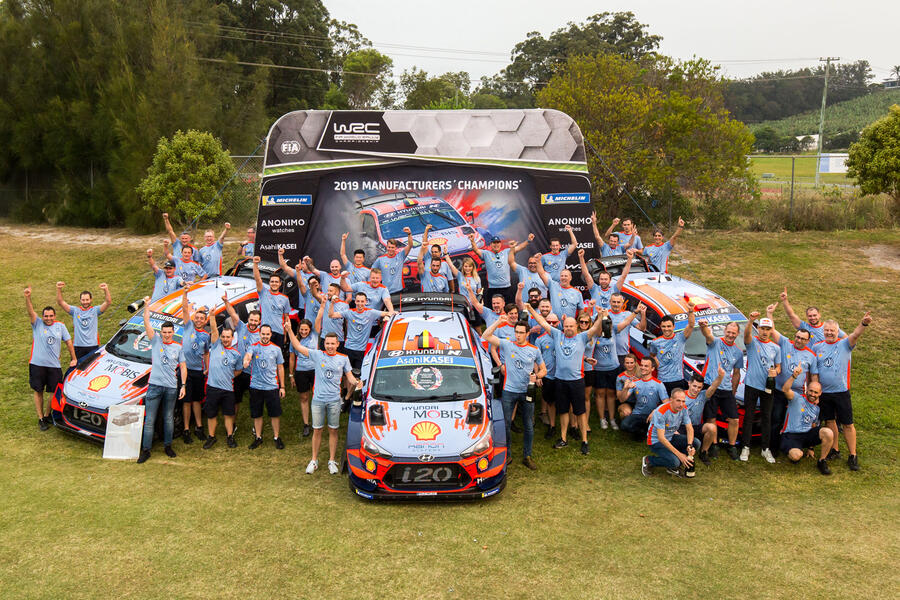
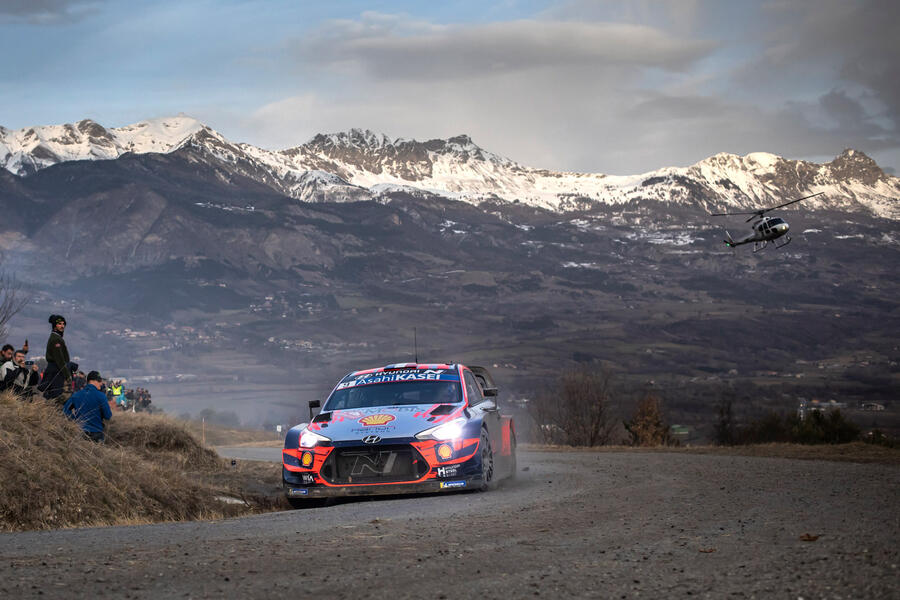

Add your comment